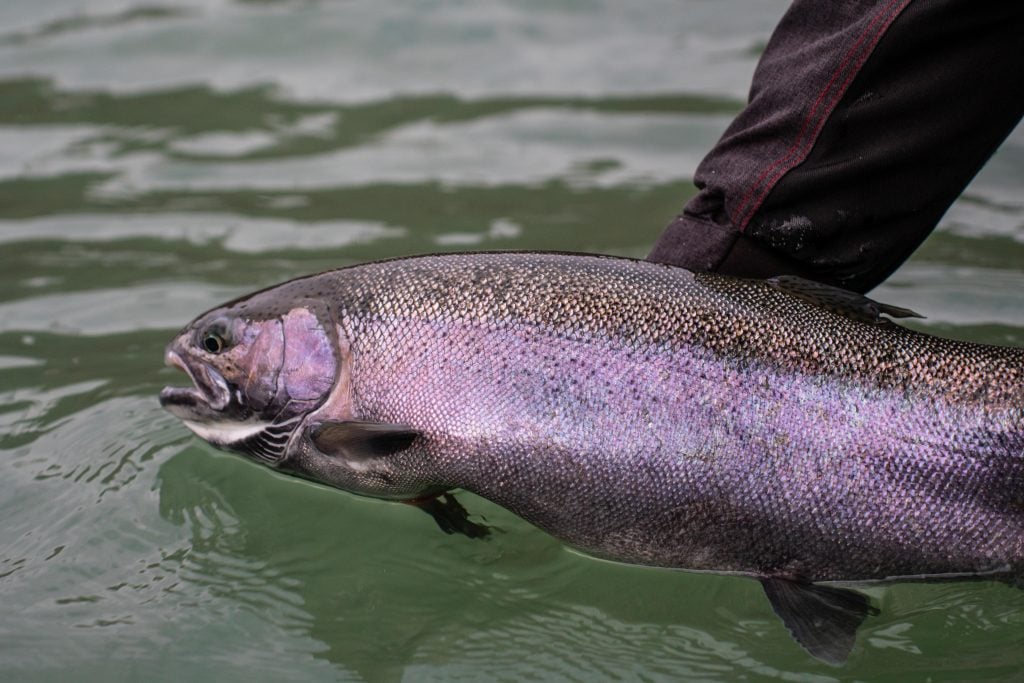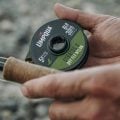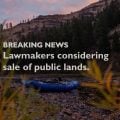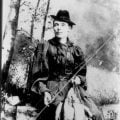Spot Burning

Photo: Spencer Durrant
If you spend any time in the fly fishing community on social media, you’ve probably noticed there are two groups of people. The first closely guard their fishing spots, going so far as to blur the background of any pictures they post, lest someone find a landmark and identify the fishery. The second group is free with place names, telling people to fish such-and-such creek between the bridge and the dam.
The folks who are free with their information are labeled “spot burners,” and things get nasty quick, especially on Facebook. Insults are tossed around, assumptions of character are made, and in the end, it gives the fly fishing community a bad name. I bet a quick glance through any fly fishing Facebook group will reveal more arguments about “spot burning” than anything else. More than congratulations on great catches, or stories, or pictures of new fly patterns.
Often, the unwilling target of this vitriol is a new angler, asking someone where they caught a fish, or for advice on places to try their luck. These beginners don’t know—don’t understand—that it’s generally frowned upon to ask about where a fish was caught.
I think the reticence from most folks at revealing their fishing spots is rooted in good intentions. They probably worked hard to find a great spot, spent some time figuring out its fish, and would rather see it stay how it is than change. Us humans are creatures of habit who aren’t fond of change, especially where our fishing is concerned.
I also think that the hand-wringing over spot burning is largely useless.
Secrets are rare in fly fishing these days. With the advent of mapping apps specific to trout fishing, what little secrets remained are likely accessible to anyone who puts in some time and effort to find them.
Case-in-point: if I want to find out all the lakes here in Wyoming that have golden trout, I can visit a Wyoming Game & Fish website and see the exact location of those waterbodies on a map. Now, which ones have trophy fish in them and which ones don’t is another matter, and finding that out requires a bit more legwork, but it’s not impossible. As far as fly fishing secrets go, I can think of few things that were harder to discover than the location of great golden trout lakes, at least in my experience.
The interesting thing is those lakes are still putting out trophy-sized fish. Even now that they’re common knowledge, the fisheries are in decent enough shape, largely thanks to their inaccessibility.
Where spot burning does become a problem is in fisheries that don’t have a built-in pressure-regulation mechanism, like so many golden trout lakes do in the form of long, steep hikes and ridiculous elevation. It’s a well-documented fact that, in most cases, increased fishing pressure leads to smaller fish. One of my favorite creeks I grew up fishing in Utah used to be home to large browns and a few nice cutthroat. In the last five years, though, the fish have trended to smaller, and the cutthroat are almost nonexistent. The streamflows and temperatures have stayed largely the same, but the pressure on that little creek has probably tripled.
That creek was bound to be found out soon enough, since it’s only 45 minutes from the Wasatch Front. Its saving grace was a bad dirt road, but those don’t deter the crowds the way they used to.
All this is to say – spot burning is a problem in some situations, but the levels to which I see other anglers lose their minds doesn’t do anything to help the problem. I’m not naive enough to think everyone holds back their fishing spots out of altruism (I’m aware that plenty of people are just mean), but it wouldn’t hurt anything if folks explained why they don’t want to give out their fishing spots. If nothing else, the people asking—again, many of whom are beginners—will learn something more about the delicacy of a great trout fishery, and the greater fly fishing community doesn’t come off as a dysfunctional bunch.
Tips For Fighting Big Fish
Trout, Light, and Temperature











